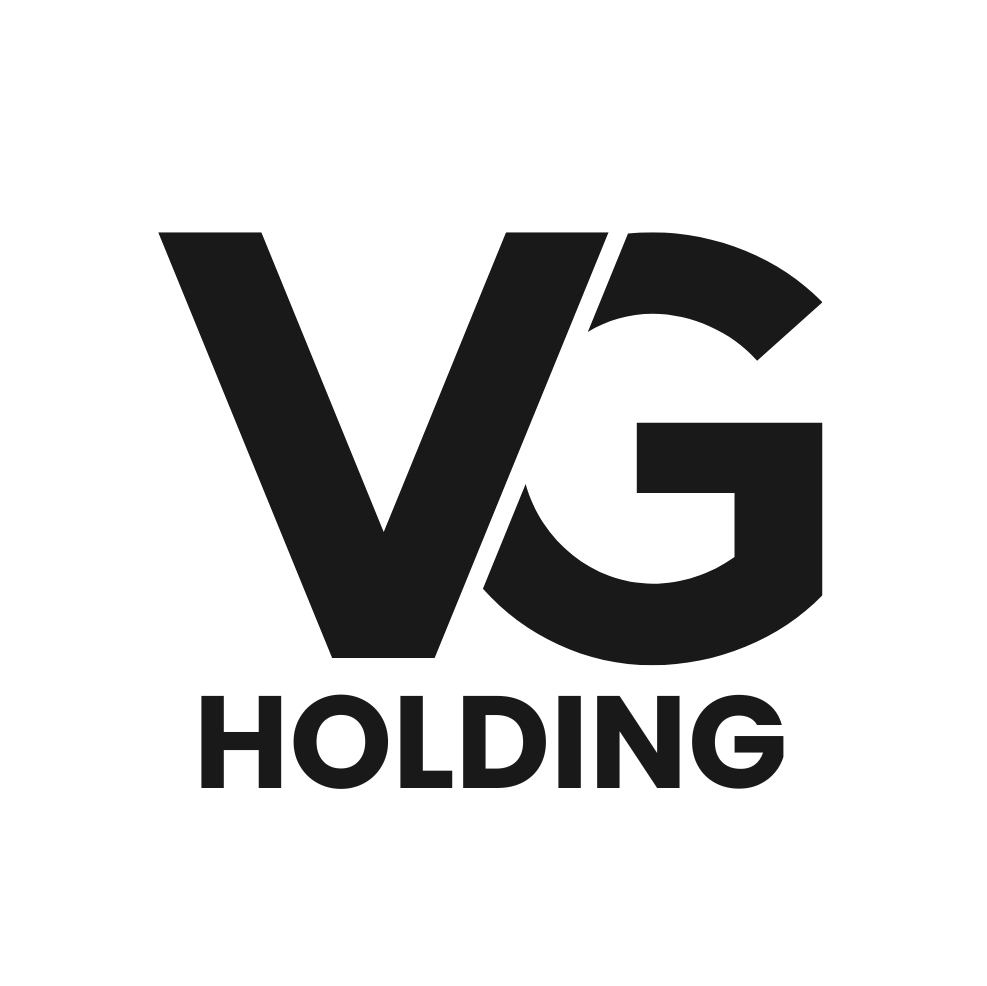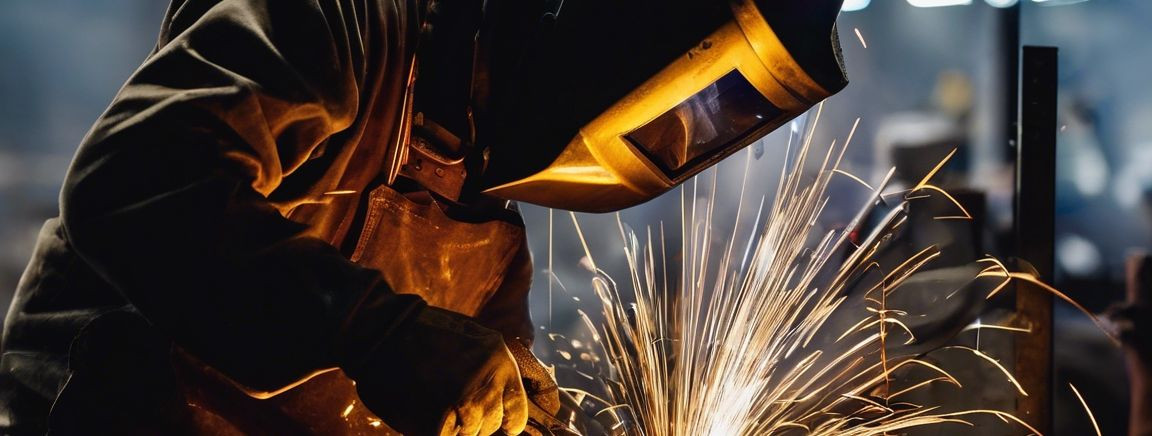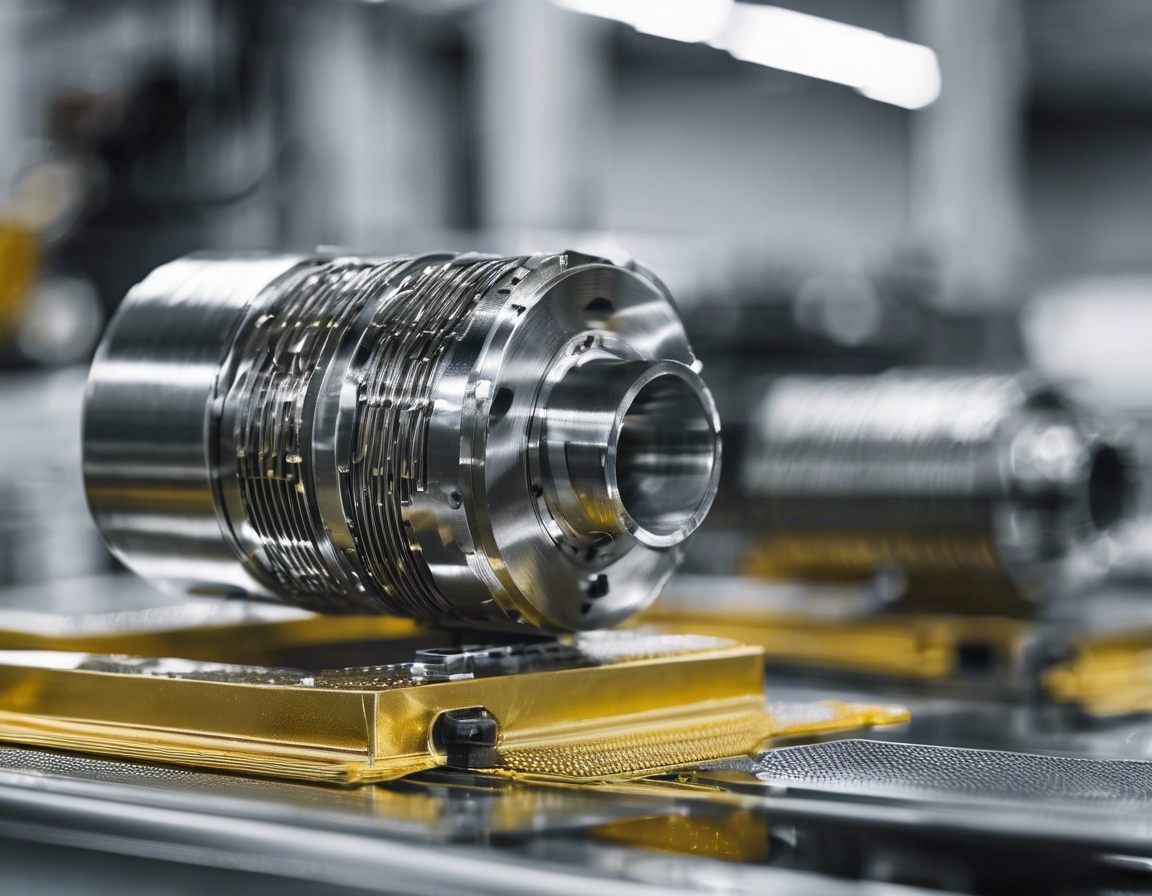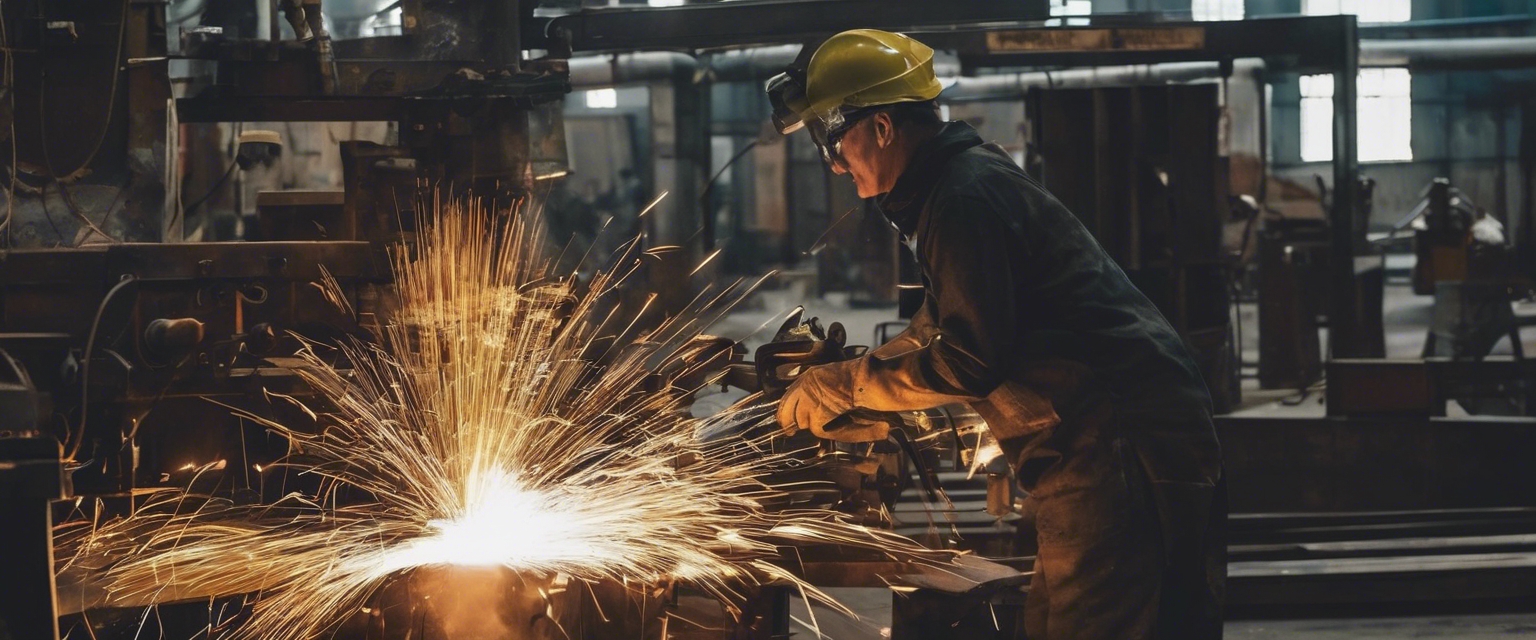How anodizing enhances metal durability and aesthetics
Anodizing is an electrochemical process that enhances the natural oxide layer on the surface of metal parts, primarily aluminum. This process not only improves the durability of the metal but also offers a range of aesthetic benefits. Anodizing is widely used in various industries, including construction, automotive, and electronics, where both durability and appearance are crucial.
The Anodizing Process
The anodizing process begins with pre-treatment, which involves cleaning and preparing the metal surface. This step is crucial to ensure that the anodizing process is effective. The metal is typically cleaned with alkaline or acidic solutions to remove any impurities, oils, or oxides that may be present on the surface.
Once the metal is prepared, it undergoes electrolytic oxidation. The metal is submerged in an acid electrolyte bath, and an electric current is passed through the solution. This causes the metal surface to oxidize, forming a thick, durable oxide layer. The thickness and properties of this layer can be controlled by adjusting the voltage and duration of the process.
After oxidation, the anodized metal is sealed to enhance its properties. Sealing involves immersing the anodized metal in hot water or a chemical solution, which closes the pores of the oxide layer. This step is essential for improving the corrosion resistance and color stability of the anodized surface.
Benefits of Anodizing for Metal Durability
Anodizing significantly enhances the corrosion resistance of metals. The oxide layer acts as a barrier, protecting the underlying metal from environmental factors such as moisture, chemicals, and pollutants. This makes anodized metals ideal for outdoor applications and harsh environments.
The anodized layer is harder than the base metal, providing excellent wear resistance. This makes anodized metals suitable for applications where abrasion and mechanical wear are concerns, such as in automotive components and industrial machinery.
Anodized surfaces offer improved thermal insulation properties. The oxide layer reduces heat transfer, making anodized metals suitable for applications where thermal management is critical, such as in electronics and heat exchangers.
Aesthetic Advantages of Anodizing
Anodizing allows for a wide range of color options. By incorporating dyes during the anodizing process, manufacturers can achieve vibrant and long-lasting colors. This flexibility in color choice makes anodized metals popular in architectural and consumer product applications.
Anodizing offers various surface finish options, from matte to glossy. This versatility allows manufacturers to tailor the appearance of anodized metals to meet specific design requirements, enhancing the visual appeal of products.
The anodized layer is integral to the metal surface, ensuring that the appearance remains consistent over time. Unlike paint or plating, anodizing does not peel or flake, providing a durable and maintenance-free finish.
Applications in Key Industries
In the construction industry, anodized metals are used for building facades, window frames, and roofing materials. The durability and aesthetic appeal of anodized metals make them ideal for architectural applications.
Anodized components are common in the automotive industry, where they are used for trim, wheels, and engine parts. The wear resistance and corrosion protection offered by anodizing are crucial for the longevity and performance of automotive components.
In the electronics sector, anodized metals are used for casings, heat sinks, and connectors. The thermal insulation and aesthetic properties of anodized metals make them suitable for electronic devices and components.






Comments (0)